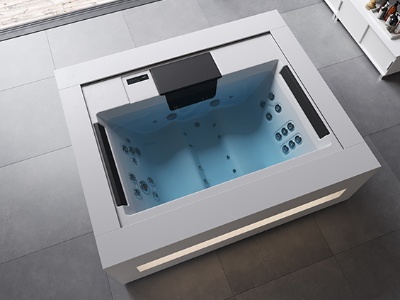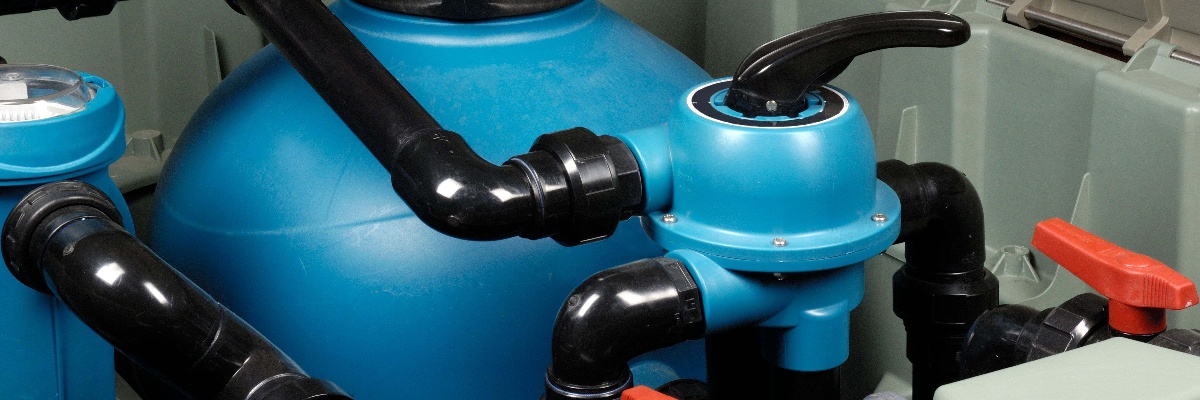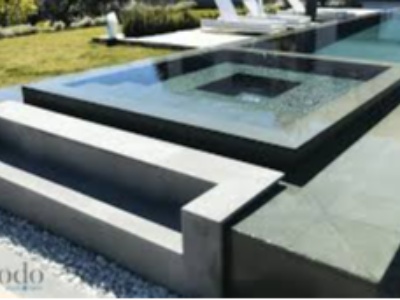
An efficient filtration system is essential to keep pool water clean, crystal clear and free of impurities. Whether it is to eliminate residues, bacteria or fine particles, the filter plays a key role in the proper functioning of the pool. But with the different options available - sand filter, cartridge filter and diatomaceous earth filter - it can be difficult to make the right choice. In this detailed guide, we will examine the differences between these three systems, their advantages and disadvantages, as well as the criteria for choosing the one that will best suit your pool.
Why is the filtration system so important?
The filtration system represents about 80% of the maintenance of a swimming pool. It removes:- Leaves, insects and floating debris.
- Fine particles suspended in the water.
- Bacteria and micro-organisms that can cloud the water.
Without effective filtration, the water quickly becomes cloudy, promoting the growth of algae and requiring excessive consumption of chemicals.
The different types of swimming pool filters
1. The sand filter
The sand filter is the most common system in private swimming pools. It works by circulating the water through a bed of sand that retains impurities.Advantages:
- Easy maintenance thanks to backwashing.
- Long lifespan (10 to 15 years).
- Suitable for large swimming pools.
- Relatively affordable.
Disadvantages:
- Less effective at filtering very fine particles (20 to 50 microns).
- Consumes a lot of water during backwashing.
- Sand needs to be replaced every 4 to 5 years.
2. The cartridge filter
This type of filter uses a synthetic fabric cartridge that traps impurities and offers a higher level of filtration than sand.Advantages:
- Finer filtration (10 to 20 microns).
- Low water consumption (no backwashing).
- Compact size, ideal for small pools.
- Quick and easy maintenance (rinsing with a water jet).
Disadvantages:
- Less suitable for large swimming pools.
- Cartridge to be replaced every 2 to 3 years.
- More frequent cleaning than a sand filter.




